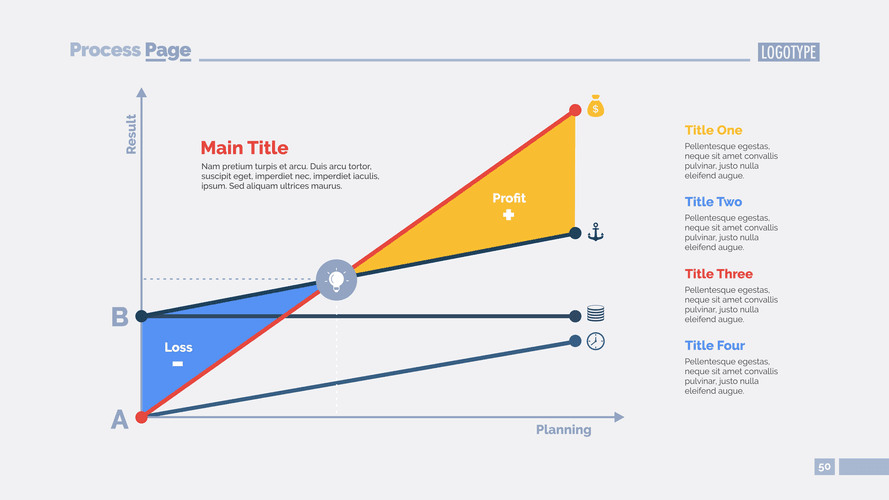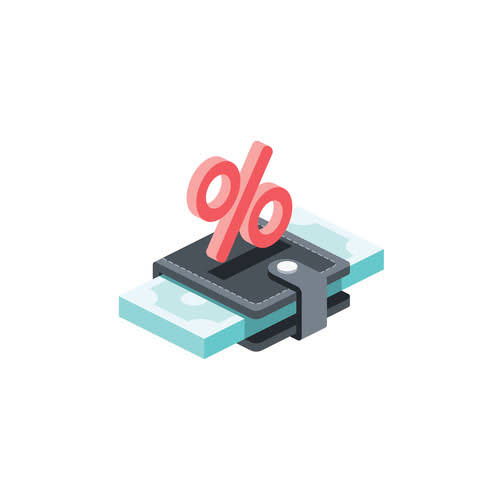
The Electronic Fund Transfer Act (EFTA) of 1978 has rules to protect individual consumers who engage in electronic fund transfers. This is true even if the consumer does not have a relationship with, or does not recognize, the non-bank P2P payment provider. An unauthorized EFT is an EFT from a consumer’s account initiated by a person other than the consumer without actual authority to initiate the transfer and from which the consumer receives no benefit. Unauthorized EFTs include transfers initiated by a person who obtained a consumer’s access device through fraud or robbery and consumer transfers at an ATM that were induced by force. At first blush, it may seem daunting to share your bank account information with a business and let it debit your account each month.
Financial
The money automatically shows up on payday without you ever cashing a check or visiting a bank branch location. Government benefits such as Social Security are also delivered via EFT. The cost of wire transfers stems from the fact that they require real-time processing across a secure network. Providing bank account information securely is crucial for setting up how is sales tax calculated electronic payment methods like direct deposits and ACH transfers. While ACH payments can be batched and processed in cycles, wire transfers demand immediate attention, often involving human verification. Additionally, the infrastructure behind wire transfers is more complex, relying on the Federal Reserve Wire Network (Fedwire) or international equivalents like SWIFT.
CFPB Closes Overdraft Loophole to Save Americans Billions in Fees

On top of that, transactions that occur during business day hours, such as cash deposits, are typically cleared and available the same day. The starting point happens anytime a money transfer is initiated through an electronic system with an electronic funds transfer. These systems include ATMs, computers, telephones, remote banking programs, or magnetic tape (the black data stripe on the back of credit and debit cards). In general, funds can be transferred from nearly anywhere at any time as long as you have access to a computerized network, such as using mobile payment at a convenience store in the middle of the night. Electronic fund transfers are a secure, efficient, and less expensive alternative to paper checks. One typical example of an electronic funds transfer that you’re probably familiar with is when your paycheck is directly deposited into your bank account.

What Is an EFT Payment?
Direct deposit is convenient because it eliminates the need to go to the bank to deposit a physical check. Overall, P2P payments are a very convenient and affordable way to send and receive money electronically. Each year, they’re growing in popularity, so you’ll likely be using them in the future at some point (if you’re not already). Sometimes a bank will charge a small fee—about $3—for sending an EFT to a different bank, but payroll direct deposits are generally free. Generally, EFT payments take less time than traditional paper checks, but check with the payee to confirm the processing time.
Indeed, EFT is a window into worldwide business, giving the same opportunities to small tech start-ups as large corporations. Fintech has dramatically benefited from EFT, especially in Latin America. Usually, the payee will supply their information, typically a card number, to the recipient over the phone.

That’s why ACH remains the preferred choice for non-urgent transactions, given its reliability at a lower cost. They save consumers trips to the bank and eliminate the need to carry around cash and paper checks. Likewise, they facilitate a multitude of transactions without effort from the sender or recipient. EFTs work by digitally transferring funds law firm chart of accounts between parties, such as a payor and a payee. The payor provides the information necessary for payment, such as a card number or account information. Then, the relevant financial institution performs an EFT, sending the designated amount of funds to the payee’s account at their financial institution.
- Always check with the payee regarding the specific information needed.
- A pre note or prenotification is a zero dollar payment to validate the account and routing details of a bank account before debiting or crediting it.
- When you register to use one of these applications, you can link your debit card, bank account, or both.
- A return is a credit or debit entry initiated by the Receiving Depository Financial Institution (RDFI) that returns a previously originated payment to the Originating Depository Financial Institution (ODFI).
How We Make Money

If you are not a sole proprietor, you cannot transfer funds from your personal accounts to your business accounts. Transfers with investment accounts you own at other financial institutions are available based on a defined list of investment firms within Online Banking. Transfers with investment accounts you own at Bank of America are only permitted with internal deposit accounts. You can electronic funds transfer make payments toward your credit card balances using EFT payments. You can also use EFT to transfer balances from one credit card to another. You can pay bills over the phone by giving a company your banking information.

